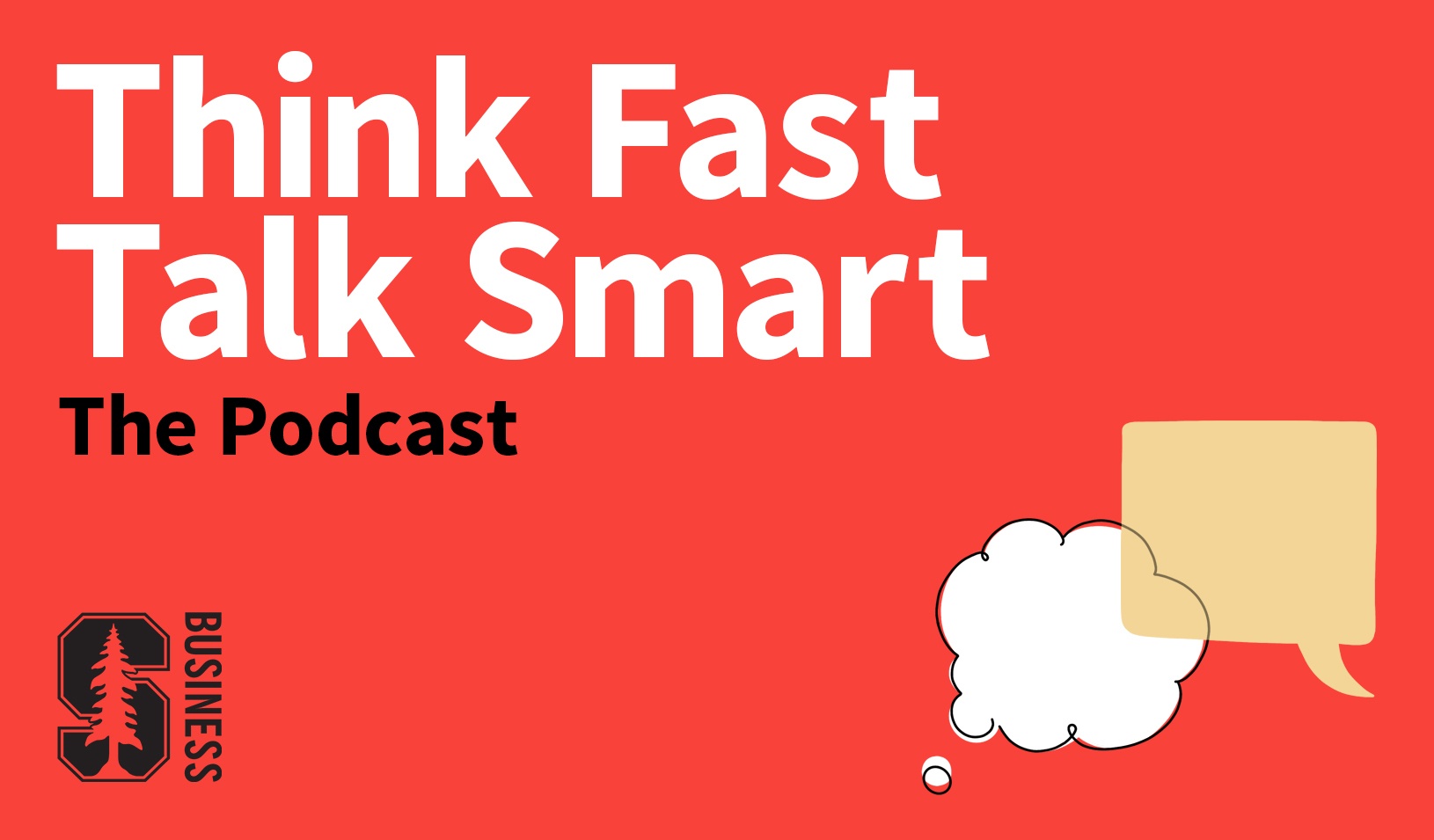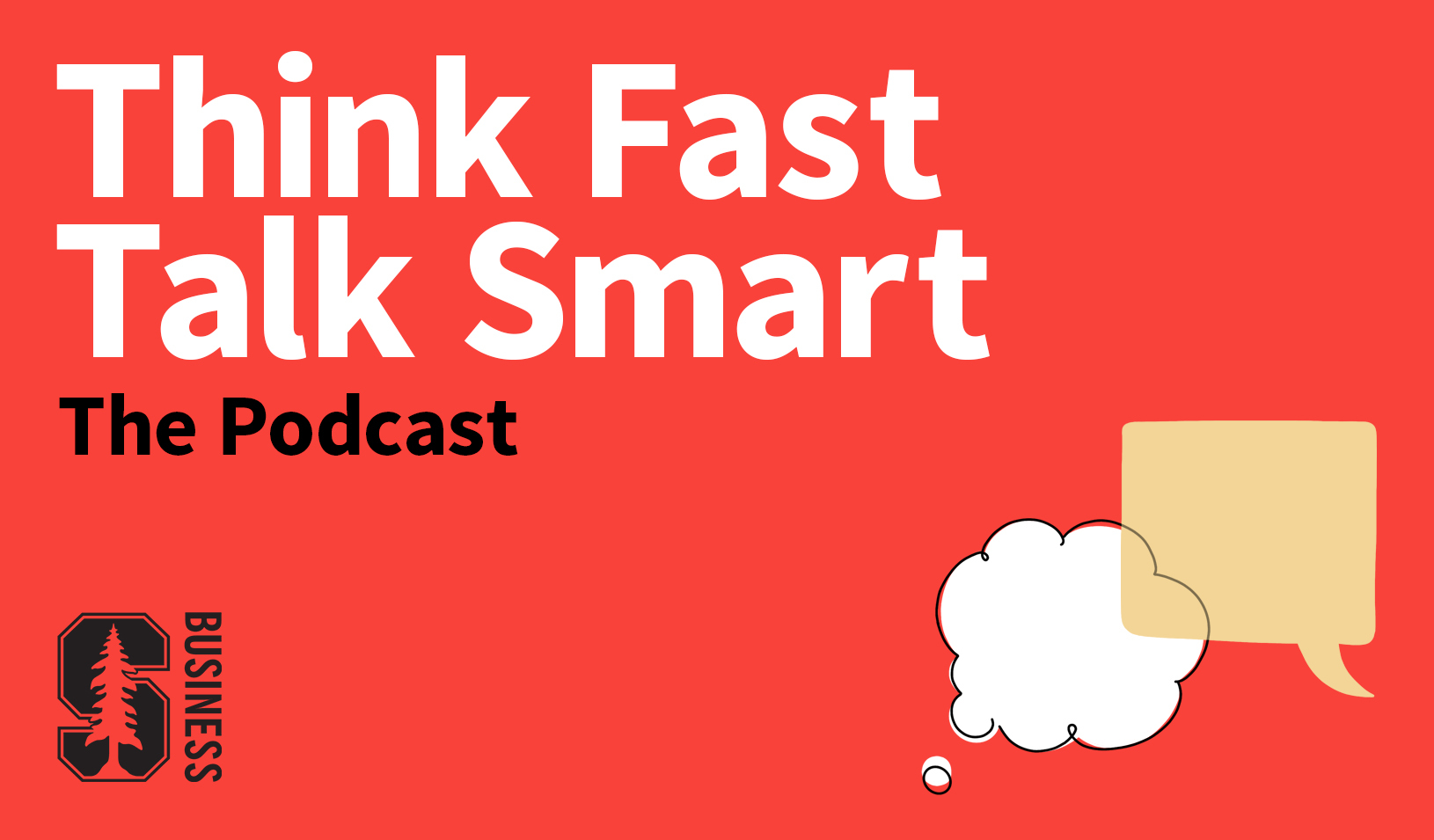Should Employees Design Their Own Jobs?
A scholar who studies job crafting says you may be less stuck in your job than you think.
January 22, 2016

Job crafting is a set of techniques for helping you reconfigure your job to spark greater engagement and meaning. | iStock/Johnny Greig
Traditionally, managers assign job duties and decide how employees should perform them. But sometimes employees themselves are a better source of ideas about how they should spend their time.
One way to elicit their ideas is through “job crafting,” the process of employees redesigning their own jobs to better suit their strengths and interests. Job crafting can boost your happiness and creativity at work, says Justin Berg, a professor at Stanford Graduate School of Business, who has researched the concept with Amy Wrzesniewski at the Yale School of Management and Jane Dutton at Michigan’s Ross School of Business. Berg spoke with Insights by Stanford Business about job crafting and how employees, managers, and companies can benefit from it.
What is job crafting?
Job crafting is a set of techniques for helping you reconfigure the elements of your job to spark greater engagement and meaning. We’ve studied three different forms of job crafting: Task crafting is about retooling the activities included in your job, relational crafting is about revamping your interactions with others, and cognitive crafting is about reframing how you view your tasks and relationships. We find that people get the best results when they use all three forms together. For example, a corporate attorney with a passion for teaching could start an intern program (task crafting), get her colleagues involved in the program (relational crafting), and mentally frame the program as an opportunity to fulfill and spread her passion for teaching (cognitive crafting).
Where did the theory of job crafting come from?
Job design research began in the ’70s with a focus on how managers should design jobs for employees from the top down. This revealed helpful insights, like the benefit of managers building autonomy, feedback, and significance into the job. However, the initial job description is only part of what determines how jobs are performed — employees may also shape their own jobs over time. My colleagues Amy and Jane developed the theory of job crafting to capture this notion that employees can and do redesign their own jobs from the bottom up. Since their theory was published in 2001, there’s been an explosion of research on job crafting. I was lucky enough to team up with them about a decade ago, and the three of us have been studying job crafting ever since.
How can people utilize job crafting?
Based on our research, we have developed a tool called the Job Crafting Exercise, which helps people discover opportunities for crafting their jobs in beneficial ways. We created a workbook to guide people through the process. It’s easy to get stuck in the day-to-day grind of your job, leading you to think your job is more fixed than it may actually be. The Job Crafting Exercise helps you view your job as a flexible set of building blocks, rather than a fixed list of duties. This helps you identify creative ways to redesign your job to benefit you and those around you.
Using our workbook, you first build a “before sketch,” breaking up your job into “task blocks” and grouping them by how much time and energy you spend on them. Then you create an “after diagram,” which is a more ideal but still realistic version of your job, a vision of something to work toward. To build your after diagram, you revise the set of task blocks from your before sketch to better match your values, strengths, and passions, which are three key traits that our research suggests are helpful drivers of job crafting. We’ve found that going through this process can be really eye-opening for people — they often see opportunities for job crafting they never thought about before.
Is it realistic to expect to transform your job completely?
Obviously, you can’t change everything, but we’ve found that even a few small changes can make a big difference.
How can companies best use the Job Crafting Exercise?
We’ve found that it’s most effective when an entire workgroup or team is doing the exercise together with the manager’s support. While you’re constructing your job crafting plan, you can talk with others who will be involved and might be able to help you execute it, and you can see how you may be able to help others implement their plans. You might see, for instance, that you’d like to spend less time on a particular task and learn that a co-worker is actually seeking to spend more time on it, so you could arrange a task swap that would be a win-win.
Why not just tell your manager you want to make changes to your job?
You can, but these conversations are often awkward and too abstract to translate into much change. We’ve found that the Job Crafting Exercise is helpful not only for identifying what changes you might want to make, but also for communicating these changes to others, including your manager. It gives a concrete and visual way to talk about the changes you want to make. If your manager has completed the exercise as well, it gives you a common language and framework to discuss how you might craft your job in ways that are good for you and your company.
What’s in it for the employer?
We tested the effects of the Job Crafting Exercise in an experiment at Google, in partnership with Adam Grant, Jennifer Kurkoski, and Brian Welle. Participating in a job crafting workshop led employees to be significantly happier and more effective in their jobs six weeks later, based on ratings from their peers and managers. Although some job crafting may be good for the employee but not his or her company, our research suggests that, on average, it’s good for both.
Job crafting may also help facilitate creativity and innovation. It’s very difficult for a company to stay innovative if everyone’s job stays the same. We are creatures of habit, and organizations tend to be bureaucracies that impose order and consistency. The default will always be for people to get stuck in the day-to-day and have a lot of trouble taking a step back and seeing opportunities for reshaping their jobs. To quote Karl Weick, creative ideas come from “putting new things in old combinations and old things in new combinations.” Job crafting is a way to ensure that people are thinking about how to combine the old and new, rather than remaining stuck in the old. In this way, job crafting may help companies sustain creativity and innovation over time, which is notoriously difficult to do.
For media inquiries, visit the Newsroom.
Explore More

Lose Yourself: The Secret to Finding Flow and Being Fully Present

Speak Your Truth: Why Authenticity Leads to Better Communication



